The Lisus planting rice









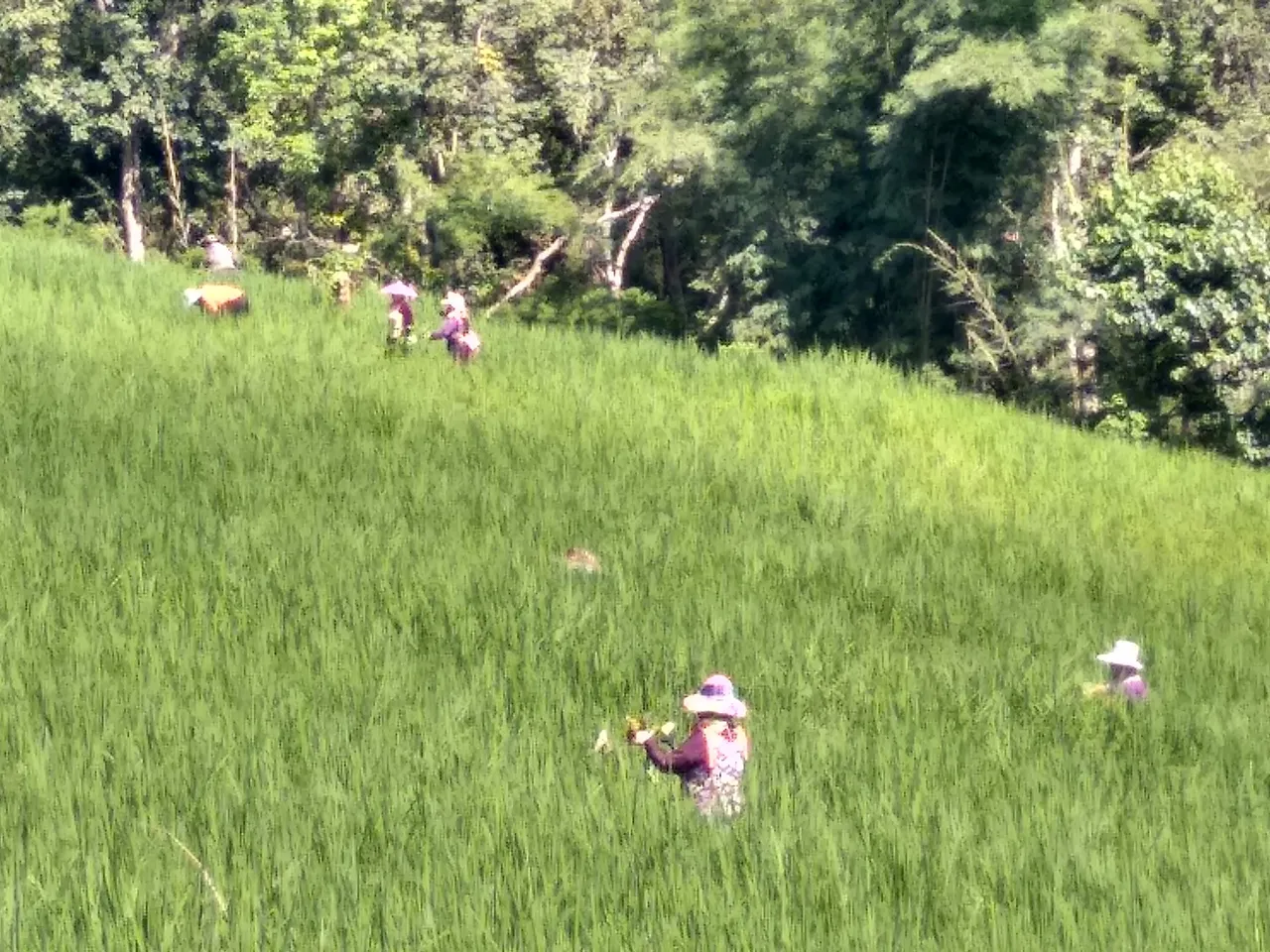




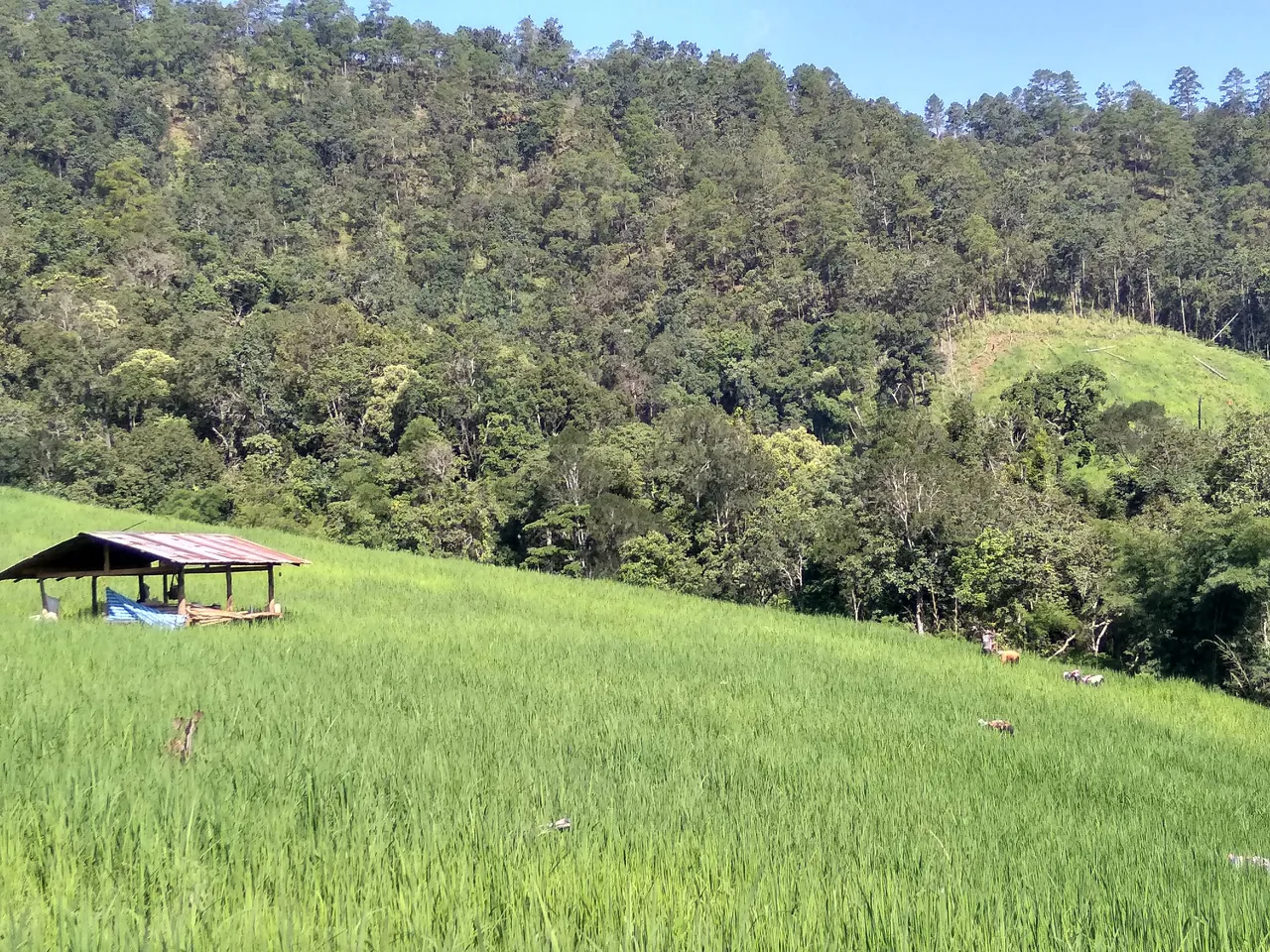




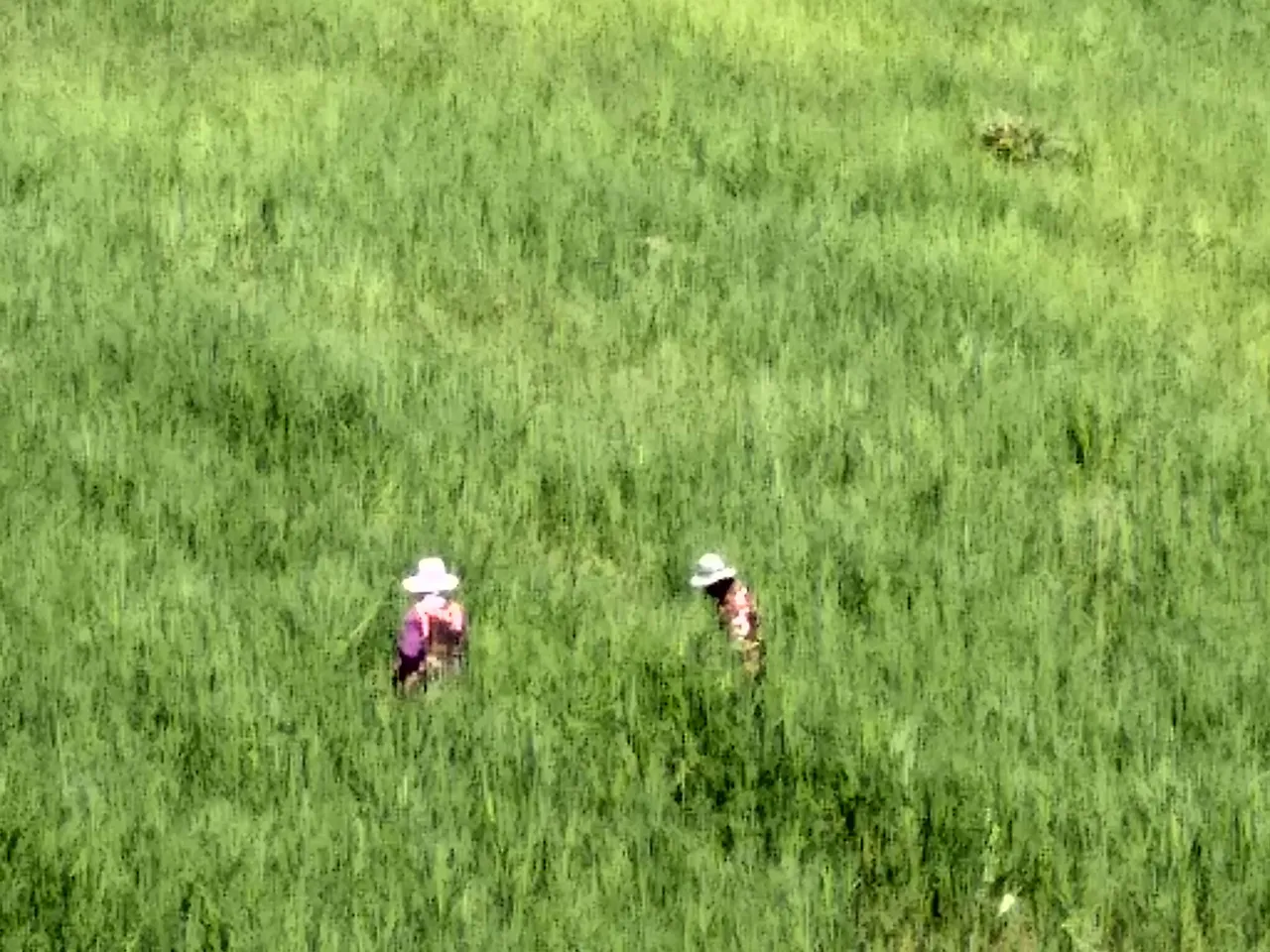
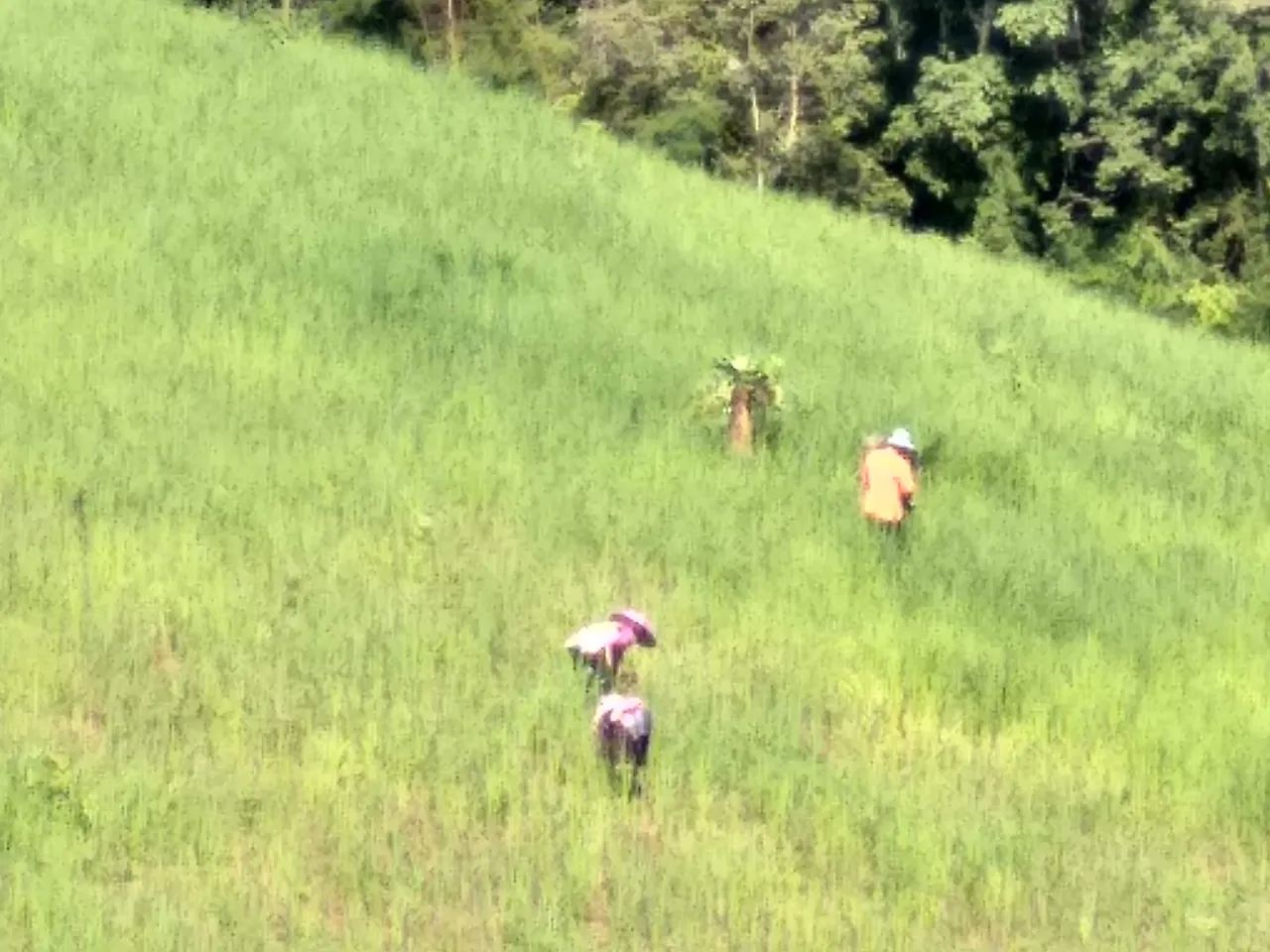
Rice in Asia:
Rice holds immense cultural, economic, and culinary importance in Asia. It's a staple food for billions of people in the region. Here are some key aspects:
Cultural Significance: Rice is often considered more than just a food source in many Asian cultures; it's a symbol of life and prosperity. In Thailand, for example, rice is associated with the soul and is deeply rooted in traditions like the Royal Ploughing Ceremony.
Economic Impact: Rice cultivation is a major industry in many Asian countries. Thailand and Vietnam are among the world's top rice exporters, showcasing the economic importance of rice production.
Culinary Delights: Asian cuisines are renowned for their diverse rice-based dishes. Sushi from Japan, Biryani from India, and Pad Thai from Thailand are just a few examples of iconic rice dishes.
Rice Legends:
Rice has inspired numerous legends and folklore across Asia and beyond:
The Legend of Inari Okami (Japan): Inari Okami, the Shinto god of rice and prosperity, is believed to protect rice crops. Foxes are considered Inari's messengers and are often depicted at Shinto shrines. This legend highlights the spiritual connection between rice and the Japanese people.
The Legend of Mae Posop (Thailand): In Thai folklore, Mae Posop is a rice goddess who ensures bountiful harvests. Farmers often pay tribute to her with offerings during planting seasons, seeking her blessings for a good rice crop.
The Tale of Rice and the Creation of the Ifugao Rice Terraces (Philippines): The Ifugao Rice Terraces in the Philippines are often referred to as the "Eighth Wonder of the World." Legend has it that these terraces were carved out of the mountains by giants using their bare hands to cultivate rice. The terraces are a testament to the importance of rice in the Philippines.
The Rice Mother (Vietnam): Vietnamese folklore features the legend of the Rice Mother, a benevolent deity who taught people how to cultivate rice. She is celebrated during the Tet Festival, the Vietnamese New Year, as a symbol of abundance and prosperity.
Rice's deep-rooted cultural significance and the legends surrounding it highlight its importance not only as a source of sustenance but also as a symbol of life, prosperity, and cultural identity in many parts of Asia and beyond.







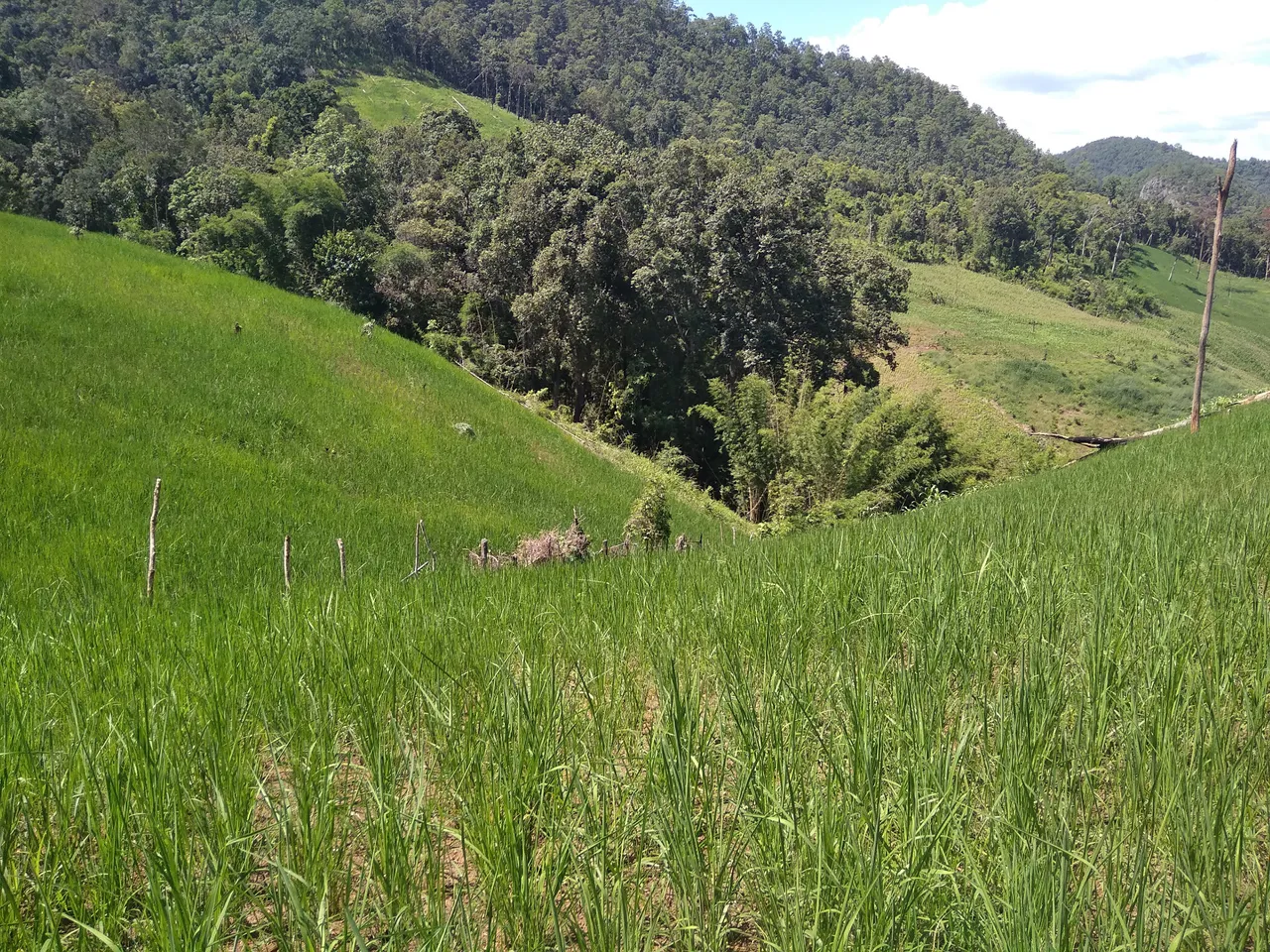












Rice is often called the "staple food of Asia" because it plays a central role in the diet of many Asian countries. It's not just a source of sustenance but also a symbol of prosperity and cultural significance.
1. Legends of Origin:
The Legend of Princess Nayung: In Thailand, there's a popular legend about Princess Nayung, who was given the first rice seeds by the god Indra. She shared these seeds with her people, leading to the cultivation of rice.
The Tale of Inari: In Japan, rice is closely associated with the Shinto deity Inari, who is believed to bring prosperity and protect rice fields. Inari shrines are often adorned with fox statues, symbolizing messengers of Inari.
Rice Beyond Asia:
Rice cultivation has spread to various parts of the world, each with its own unique history and legends:
1. African Rice: In West Africa, African rice (Oryza glaberrima) has been cultivated for centuries. The legend of its origin tells of a woman who discovered rice while fishing. The grain had been hidden by the spirits and was a gift to her people.
2. Native American Wild Rice: Among Native American tribes like the Ojibwa, wild rice holds great importance. Legend has it that the Great Spirit gave the Ojibwa people the gift of wild rice, teaching them how to harvest and prepare it.
3. European Rice Cultivation: Rice cultivation also found its way to Europe, primarily in regions with favorable climates, like Italy and Spain. There, rice is a staple in dishes like paella and risotto.
4. Rice in South America: In South America, rice is a key component of dishes like arroz con pollo in Peru and rice and beans in Brazil. These dishes have deep cultural roots and are often enjoyed in family gatherings.
Rice is more than just a grain; it's a symbol of sustenance, culture, and tradition across the world. The legends associated with rice often reflect its vital role in the history and daily life of various societies.
And what you can see in these pictures is that the rive is not planted in flooded paddies but grows with rain water and that's not a legend!